In the pursuit of sustainability and the reduction of energy consumption, businesses are turning to innovative lighting solutions to achieve their energy efficiency goals. With the increasing focus on minimizing reliance on traditional energy sources, lighting emerges as a prime target for optimization, offering significant potential for energy savings and environmental impact reduction.
Lighting stands as a cornerstone of interior design, yet its energy consumption accounts for a substantial portion of global electricity usage. In the United States alone, commercial buildings allocate up to 50 percent of their energy bills to lighting, representing approximately 17 percent of total commercial energy consumption.
Recognizing the need for change, architects and designers are spearheading efforts to revolutionize lighting control systems. Led by a commitment to sustainability, the integration of energy-efficient technologies is gaining momentum. Notably, the widespread adoption of LEDs (Light Emitting Diodes) holds promise, with the Department of Energy projecting potential energy savings equivalent to the output of 44 large power plants and over $30 billion in annual savings.
To navigate the evolving landscape of lighting options, businesses can enlist the expertise of energy professionals. Collaborating with utility partners, clients gain access to tailored solutions, technical guidance, and financial incentives. Through in-store programs and product discounts, businesses can seamlessly transition to energy efficient lighting solutions, aligning design objectives with sustainability goals.
The scope of lighting control innovations extends beyond mere bulb replacements. Modern solutions prioritize efficiency, resilience, and adaptability, offering comprehensive benefits ranging from enhanced comfort to increased safety. Networked lighting systems, for instance, boast an impressive average energy reduction of 49 percent, while timed scheduling and occupancy sensors deliver additional savings of up to 24 percent and 68 percent, respectively.
Moreover, natural lighting controls emerge as pivotal tools in the pursuit of energy efficiency. Technologies such as daylight harvesting and dynamic glass dynamically adjust lighting levels based on external conditions, optimizing energy consumption while enhancing interior comfort. By mitigating glare, controlling heat transfer, and reducing reliance on HVAC systems, these solutions contribute to substantial energy savings and operational cost reductions.
As businesses strive to meet energy efficiency targets and uphold sustainability commitments, the integration of innovative lighting controls emerges as a cornerstone of modern design practices. By leveraging cutting-edge technologies and strategic partnerships, organizations can unlock significant energy savings, reduce environmental footprints, and foster a more sustainable future for generations to come.
Click here to read the full article, originally published December 23, 2023, by Architect Magazine.

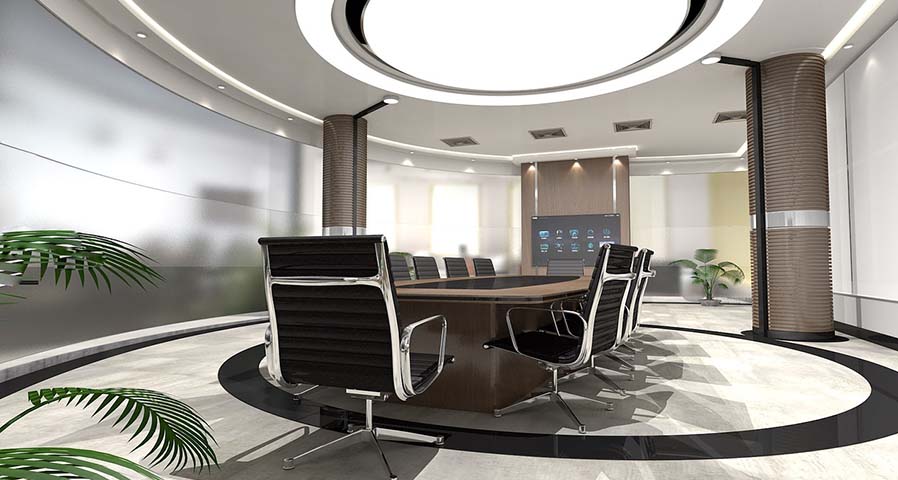
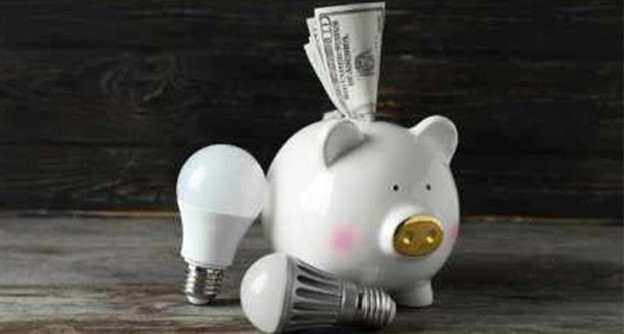
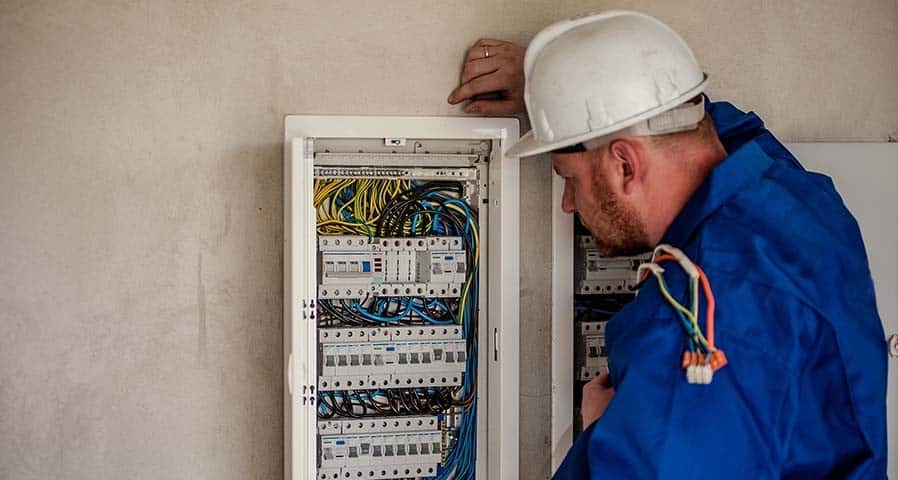



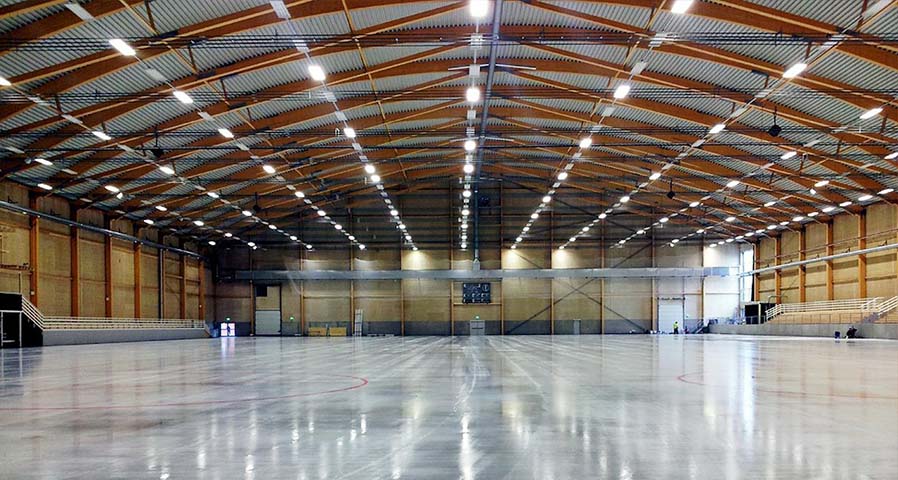








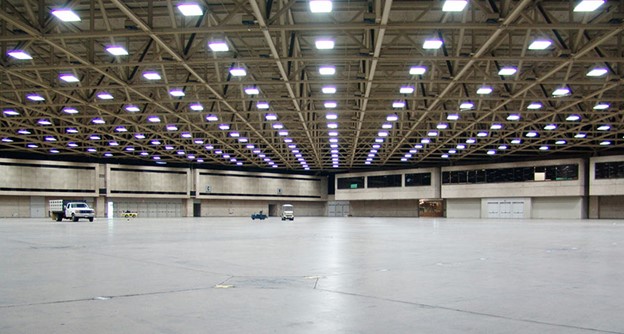
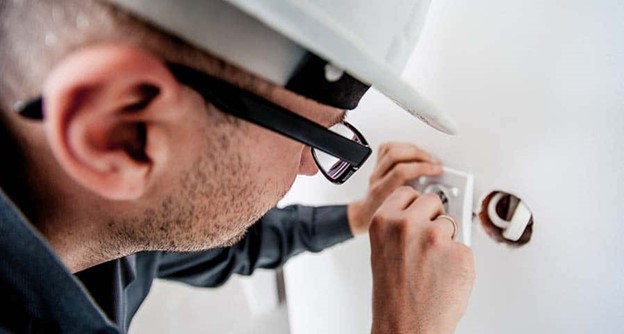


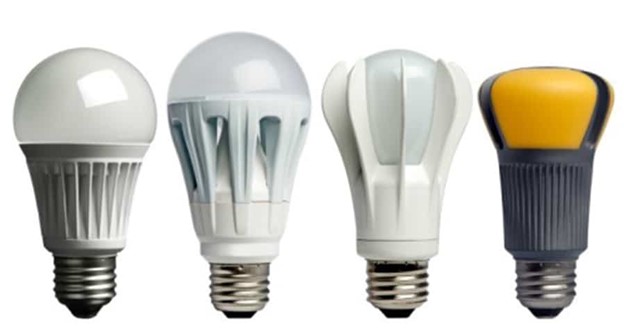
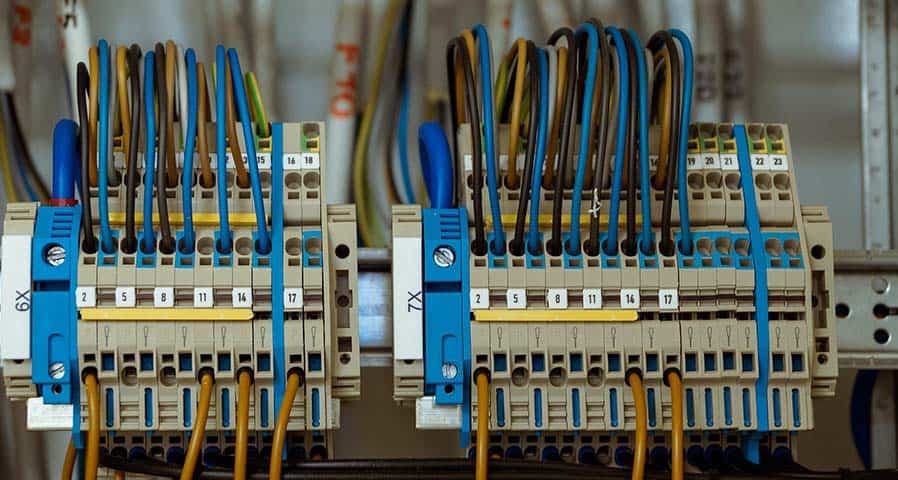





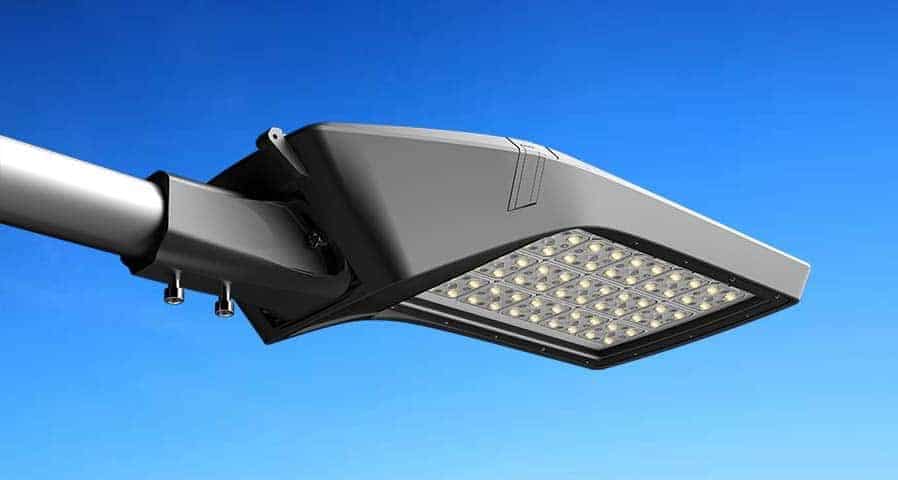
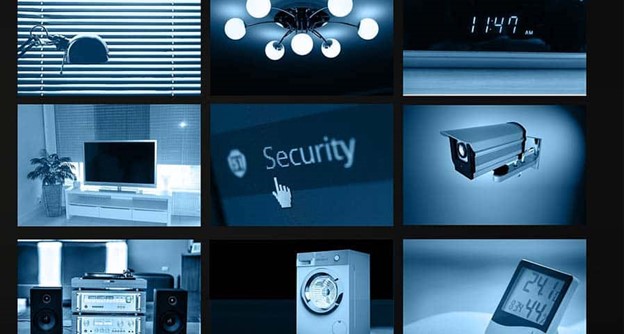

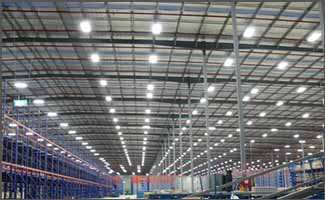




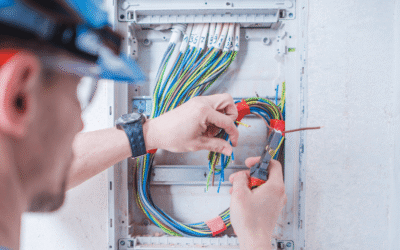



0 Comments